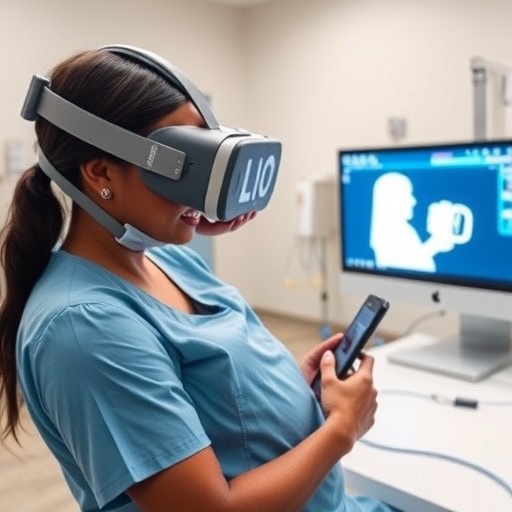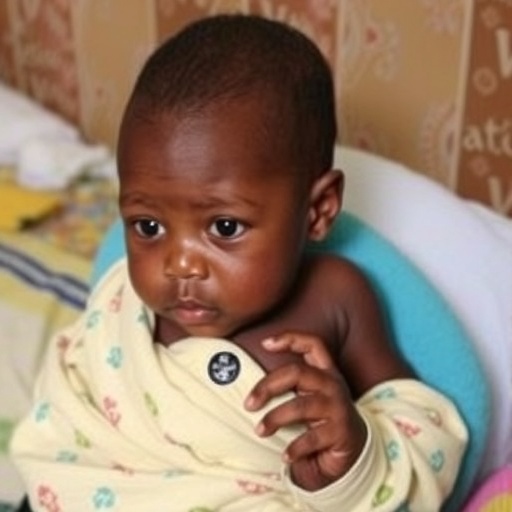In 2016, when Diane Mackie, the chair of UC Santa Barbara's Department of Psychological & Brain Sciences (PBS), hired Daniel Conroy-Beamand Zoe Liberman, she knew they were rising stars in their fields. Her instincts have proved correct.
The Association for Psychological Science has named Conroy-Beam and Liberman among its new group of APS Rising Stars. The designation recognizes outstanding psychological scientists in the earliest stages of their post-Ph.D. research careers for innovative work that has already advanced the field and signals great potential for continued contributions.
"From the moment we hired them, Zoe and Dan have gone from strength to strength," Mackie said. "Their research productivity and impact are skyrocketing. They're both engaging teachers, sought-after mentors and generous department citizens. These awards come as no surprise to me."
Conroy-Beam, whose research examines how humans integrate multidimensional preferences, was chosen for his proposed algorithm illuminating the psychology of mate choice. "It's one thing to be recognized by your peers," he said, "but APS is a big organization that cuts across all of psychology, so it's especially nice to be named a Rising Star among this large group of people."
Using computer simulations to study attraction and mate choice, Conroy-Beam seeks to understand how people choose their romantic partners and what the consequences of those choices are. His work has two streams: collecting data from real people involved in committed romantic relationships, and writing and manipulating computer simulations of mating markets to create data sets. His goal is to use those to identify the decision processes that match simulated data to the real human data as much as possible.
"There's some debate as to how much our ideals actually matter in mate choice," Conroy-Beam explained. "It's not clear when people pick a partner how much those ideals factor into their decisions, because people's ideals and their actual partners don't tend to match that well. A big part of my work shows that people are actually trying to go out and get what they want, but that is constrained by the realities of their mating market, such as the nonexistence of an ideal partner, competing with rivals and finding someone who reciprocates."
Liberman received APS Rising Star status for her work exploring the origins of human social cognition in the context of its developmental and evolutionary foundations. "When you look at the other people who have been named APS Rising Stars in past years, they have gone on to do really interesting things," she said. "It's exciting to be part of a group of psychologists who are responsible for cutting-edge ideas."
A developmental psychologist, Liberman is particularly interested in the ways in which infants understand the social world. She seeks to determine how babies figure out different kinds of complicated relationships — kinship, friendship, social group membership — and how that decision-making process influences infants' reasoning and learning.
In one study, Liberman examined how babies understand who will act in certain ways. She found that infants expect people who are similar to be more likely to agree than people who are dissimilar. For example, infants expected people who spoke the same language — but not people who spoke different languages — to like the same foods.
"This suggests that infants understand a person's identity, such as the language they speak, and says something about that person's other traits," Liberman said. In fact, she noted, within hours of their birth, infants understand whether the language people are speaking is the one they heard in utero. "Before babies are speaking, they know that a language sounds familiar, which in turn may help them figure out whether a person is trustworthy, and whether they want to learn from that person," she added.
Conroy-Beam and Liberman join PBS assistant professor Kyle Ratner, who was named an APS Rising Star in 2015.
###
Media Contact
Julie Cohen
[email protected]
805-893-7220
@ucsantabarbara
http://www.ucsb.edu
http://www.news.ucsb.edu/2018/018769/hello-darkneshttp://www.news.ucsb.edu/2018/018901/seeing-stars




